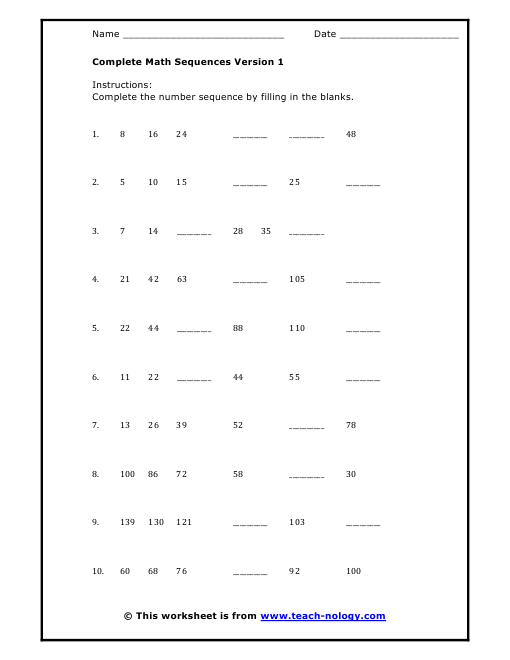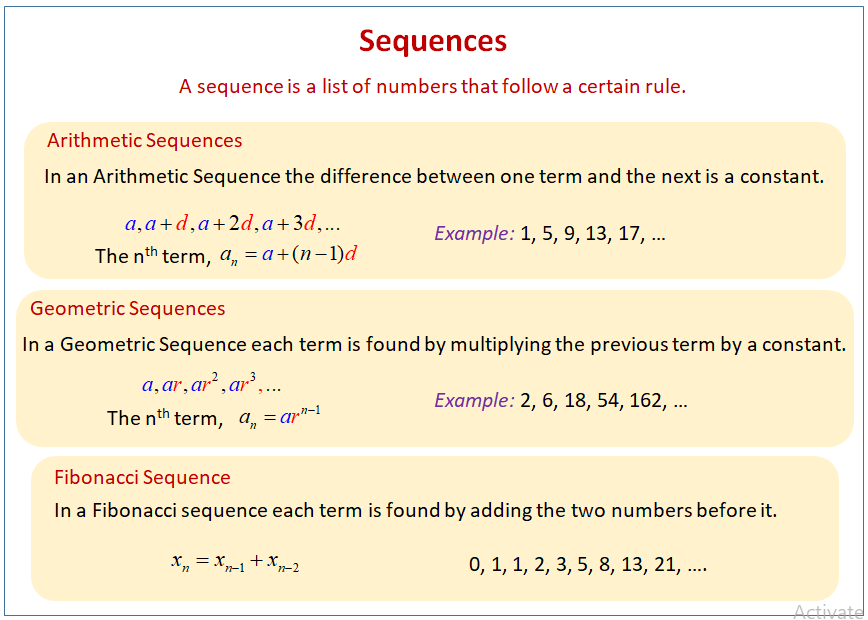

Thus, our method can be used with the top level of authenticity for DNA sequence similarity measurement. Therefore, the comparative results of the benchmark datasets and existing studies demonstrate that our method is highly effective, efficient, and accurate. We achieve the top rank for two benchmark datasets from AFproject, 100% accuracy for two datasets (16 S Ribosomal, 18 Eutherian), and achieve a milestone for time complexity and memory consumption in comparison to the existing study datasets (HEV, HIV-1). We apply our system in six different datasets. We develop an efficient system for finding the positions of \(k-mer\) in the count matrix. We also dynamically choose the value of k for \(k-mer\). Then we shrink the matrix by analyzing the neighbors and then measure similarities using the best combinations of pairwise distance (PD) and phylogenetic tree methods. To minimize these limitations, we develop an AF algorithm using a 2D \(k-mer\) count matrix inspired by the CGR approach. But most of the existing AF methods show high time complexity and memory consumption, less precision, and less performance on benchmark datasets. However, AF algorithms can solve the major limitations of AB. AB is effective for small homologous sequences but becomes NP-hard problem for long sequences. There are two types of sequence analysis which are alignment-based (AB) and alignment-free (AF). ISBN 978-0387989938.DNA sequence similarity analysis is necessary for enormous purposes including genome analysis, extracting biological information, finding the evolutionary relationship of species.

Gaussian Self-Affinity and Fractals: Globality, the Earth, 1/F Noise, and R/S. Archived (PDF) from the original on 30 July 2018. Sapozhnikov, Victor Foufoula-Georgiou, Efi (May 1996)."Self-affinity and fractal dimension" (PDF). "Self-Similarity" - New articles about Self-Similarity.
#Similarity sequences math movie
"Copperplate Chevrons" - a self-similar fractal zoom movie.Archived from the original (PDF) on 8 February 2017. International Semiotics Institute at Imatra Semiotic Society of Finland. On Musical Self-Similarity: Intersemiosis as Synecdoche and Analogy (PDF). Archived (PDF) from the original on 9 August 2017. Multimedia '99 Proceedings of the Seventh ACM International Conference on Multimedia (Part 1). Proceedings of the seventh ACM international conference on Multimedia (Part 1) - MULTIMEDIA '99 (PDF). "Visualizing music and audio using self-similarity". ^ Campbell, Lo and MacKinlay (1991) " Econometrics of Financial Markets ", Princeton University Press! ISBN 978-0691043012."How Fractals Can Explain What's Wrong with Wall Street". "On the self-similar nature of Ethernet traffic (extended version)" (PDF). ^ Comment j'ai découvert les fractales, Interview de Benoit Mandelbrot, La Recherche.Fractals for the Classroom: Strategic Activities Volume One, p.21. ^ Peitgen, Heinz-Otto Jürgens, Hartmut Saupe, Dietmar Maletsky, Evan Perciante, Terry and Yunker, Lee (1991)."Multi-multifractality, dynamic scaling and neighbourhood statistics in weighted planar stochastic lattice". "Emergence of fractal behavior in condensation-driven aggregation". As a counterexample, whereas any portion of a straight line may resemble the whole, further detail is not revealed.Ī time developing phenomenon is said to exhibit self-similarity if the numerical value of certain observable quantityį ( x, t ) : CS1 maint: multiple names: authors list ( link) The non-trivial similarity evident in fractals is distinguished by their fine structure, or detail on arbitrarily small scales. For instance, a side of the Koch snowflake is both symmetrical and scale-invariant it can be continually magnified 3x without changing shape. Scale invariance is an exact form of self-similarity where at any magnification there is a smaller piece of the object that is similar to the whole. Self-similarity is a typical property of fractals. Many objects in the real world, such as coastlines, are statistically self-similar: parts of them show the same statistical properties at many scales. In mathematics, a self-similar object is exactly or approximately similar to a part of itself (i.e., the whole has the same shape as one or more of the parts).


 0 kommentar(er)
0 kommentar(er)
